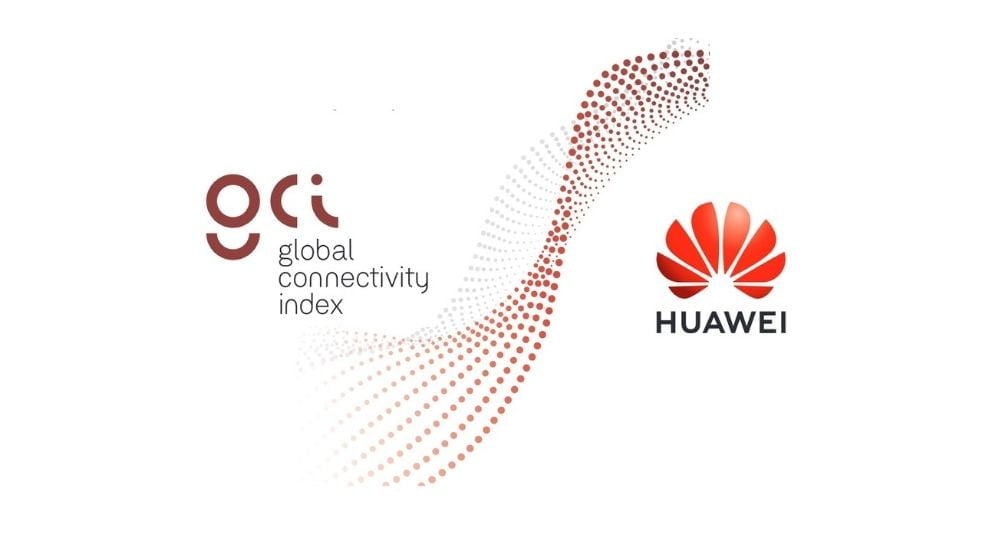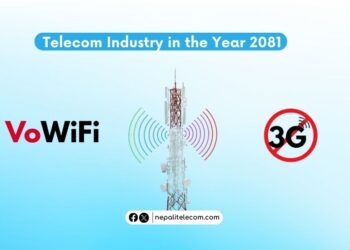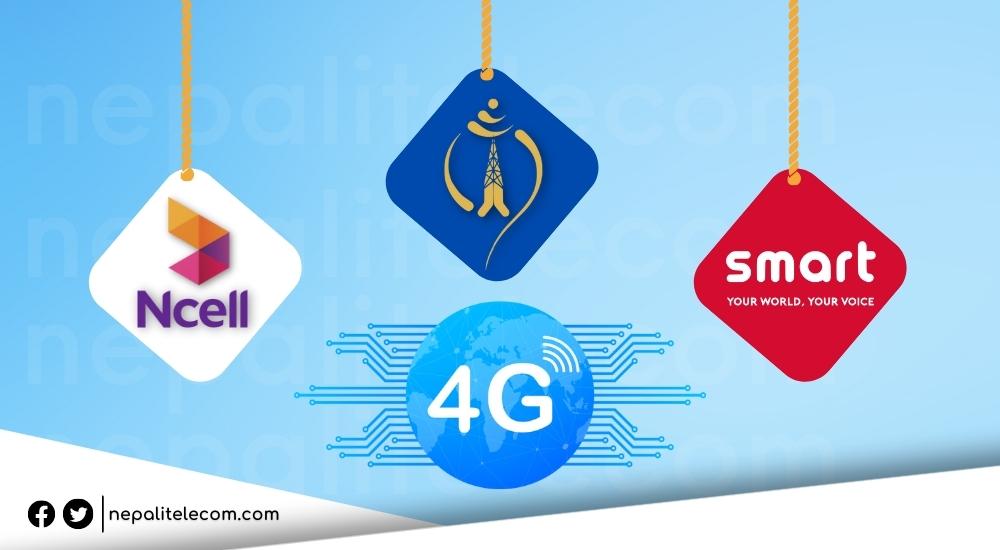Huawei, the Chinese IT behemoth released its 7th Global Connectivity Index (GCI) today with a report. In the report, it proposed five key stages for industry digital transformation.
It is the first time Huawei has not only unveiled its study but also proposed its five key stages for the digital transformation of companies that included task efficiency, functional efficiency, system efficiency, organizational efficiency and agility, and ecosystem efficiency and resilience. Learn more about this below.
What is Global Connectivity Index?
Global Connectivity Index is Huawei’s annually published report that ranks countries in terms of their connectivity capacities on the grounds of availability, bandwidth, affordability, and ease of use. The GCI gives us a picture of each country’s digital progress by analyzing indicators for digital technologies and digital applications.
The GCI report is a widely recognized, benchmark for digital transformation of countries around the world. It is often a reference for more than 30 major development organizations such as industrial powerhouses G20, Asia-Pacific Economic Cooperation
(APEC), and GSMA, etc.
The Key Finding of The Latest GCI Report
One of the key finding of this report was that the digital transformation of industries will help countries increase productivity, lead economic recovery, and develop future competitiveness. GCI research has suggested that countries with digital competencies will generally enjoy higher gross value added (GVA) per worker or per hour worked.
The Starter Economies Are Closing the Gap because of Broadband Internet
Huawei has divided economies into three categories; frontrunner, Adopters, and starters to assess their progress since 2015. All the countries have shown a positive increment in their digital approach but what is more striking is that starter economies have shown a tremendous growth in their digital integrations and productivity.
The latest finding has shown that Starters have made highly impressive progress in broadband coverage. Their average broadband penetration rose by more than 2.5 times, the 4G consumption went from 1% to 19%, and their mobile broadband became 25% cheaper.
These are the indications that starters have soundly benefited from digital transformation, and it has enabled them to offer better comprehensive digital services and embrace new opportunities in economic development.
Additionally, starter countries’ e-commerce expenditure has almost doubled since 2014 to over US$2,000 per person. Some Starters have increased their GCI scores by up to 17% and raised GDP to a level that was 22% higher than some other countries. Both Vietnam and Peru have become Adopter economies in 2020.
The Frontrunners Want to Maintain its IT Expenditures
The report has reflected frontrunners’ intention to continue their IT spendings. However, some countries have also had to cut their budget by 2.5 to 3.5 times over the last year. This can be due to the economic slump triggered by the Covid-19 in most cases.
Nations with very matured digital apparatuses are in a better position to reduce the economic impact of the pandemic and recover faster, to ensure the higher-order productivity models. On the contrary, countries with less mature IT infrastructure have shown subdued recovery which accounted for II budget cuts.
Digital Transformation Equates to Higher-Order Productivity
The GCI report 2020 suggests that countries must invest in ICT to produce a multiplier effect. In general, economies comprise of different sectors where one dominates and leads the economy. More digitalization means more added value.
Huawei’s Five Key Proposals
It is the first time Huawei has unveiled its GCI Report integrating five stages proposals for the digital transformation of the economy. Explore the short breakdown below.
- Stage 1: Task efficiency. There is more focus on tracking the completion of individual tasks through basic connectivity and more efficient communication.
- Stage 2: Function efficiency. Computerized or automated functions enabled by ICT make it possible to handle multiple tasks simultaneously and share information more efficiently.
- Stage 3: System efficiency. More emphasis on the digitization of core system functions for efficient operations. Enterprises in this stage will have a stronger demand for connectivity and cloud services.
- Stage 4: Organizational efficiency and agility. Enterprise processes are digitalized, enterprise applications are migrated to the cloud, and all systems are effectively integrated. In addition, high-coverage networks, wide adoption of cloud-based applications, and AI and IoT deployment contribute to real-time data analysis and insights.
- Stage 5: Ecosystem efficiency and resilience. The entire ecosystem is digitalized, able to quickly respond to market changes. It can also support the automatic coordination and cross-sector collaboration of stakeholders.
Representative technologies such as 5G, IoT, and robotics present new opportunities for the emergence of new business models, working methods, and products throughout the digitization process.
Recommended Read: Huawei Ranks 49th on global fortune 500 companies.
The latest GCI report (7th one) from Huawei has evaluated 79 countries. This accounts for the world’s 98% of Gross Domestic Product (GDP) and 84% of the entire population.













